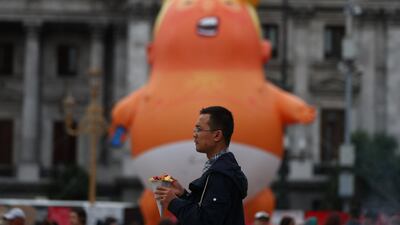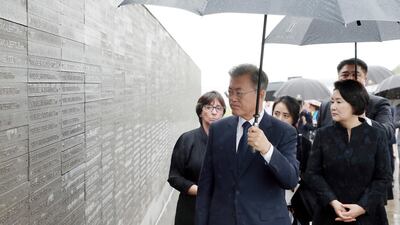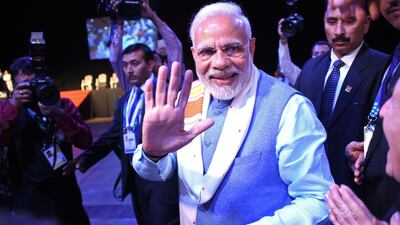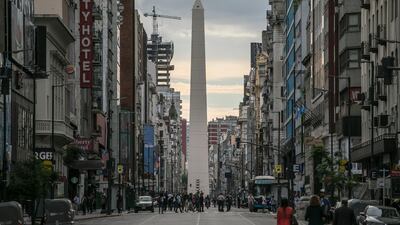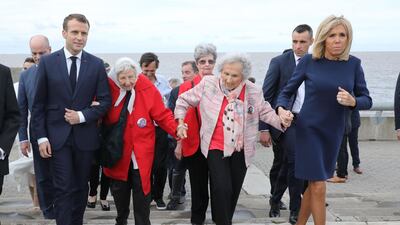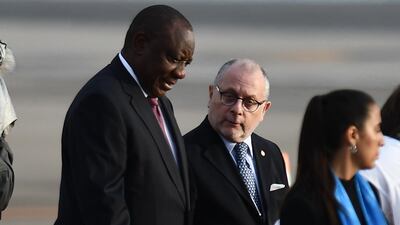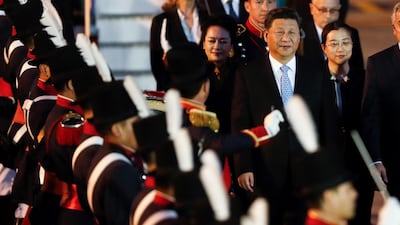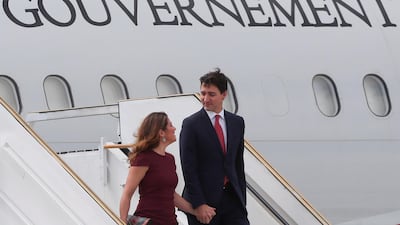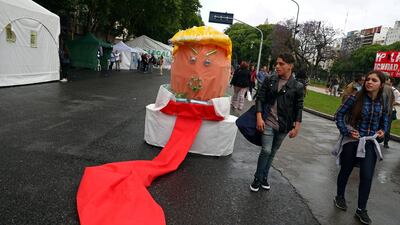The leaders of the world's biggest 20 economies meet in Buenos Aires on Friday against a backdrop of populism that has brought governments into power with radical views promoting protectionism, trade wars, and limitations on the movement of labour. We look at what the G20 is, how it works and how effective the group is in shaping global economic policies.
What are the G20 countries and how was it established?
The G20, which is short for Group of 20, is made up of 19 countries - Argentina, Australia, Brazil, Canada, China, France, Germany, India, Indonesia, Italy, Japan, South Korea, Mexico, Russia, Saudi Arabia, South Africa, Turkey, the UK and the US - and the European Union. Spain is a permanent invitee to the global forum, which also invites other countries to take part in discussions. The International Monetary Fund, the United Nations and the World Bank representatives also attend the meetings.
The members of the group are a mix of advanced and emerging economies, representing 85 per cent of global global gross domestic product, 80 per cent of global investments, 75 per cent of international trade and more than 65 per cent of the world's population.
The G20 was formed in 1999, following the Asian financial crisis, as a forum for finance ministers and central bank governors. Amid the global financial crisis in 2008, it grew into the leaders’ summit. Successive meetings of G20 leaders were held in Washington in 2008, London in early 2009 and Pittsburgh in late 2009, and the summit has since become an annual fixture.
How does the G20 work?
The G20's yearly agenda includes over 50 meetings of ministers, foreign ministry emissaries, known as sherpas, central bank governors and world leaders. They issue a joint declaration based on the policy recommendations prepared at the G20 meetings held throughout the year. At the Hamburg 2017 G20 summit, world leaders agreed to limit protectionism, commit to a rule-based international trade system and advance policies aimed at sharing the benefits of globalisation. The G20 annually rotates (Argentina in 2018) and it works with the previous presidency (Germany 2017) and the following presidency (Japan 2019), in what is collectively known as the “troika”.
What will be discussed?
Building consensus for fair and sustainable development is the main theme of the 2018 event in Buenos Aires but it will undoubtedly be overshadowed by the ongoing trade war between the US and China. White House economic adviser Larry Kudlow on November 20 said he anticipates a direct confrontation between the world’s two biggest economies at the G20 meeting after China pulled out of scheduled talks in Washington.
"It will come to a head at the G20, I think that's the key point," Mr Kudlow said.
Is it effective?
The G20 summit has been credited with reaching important agreements such as the trillion-dollar pledge in 2009 to help struggling economies during the global financial crisis. However, sometimes it has proven hard to bring the global leaders on the same page and agree to form a policy. This year’s summit with the tense backdrop of the trade war and growing protectionism in the US and Europe will be especially difficult and investors do not have high hopes of seeing a resolution on global trade tiffs.
“It is unlikely we get a positive Trump-Xi outcome later this month at the G20 meeting,” said Christopher Dembik, head of macro analysis at Saxo Bank.
